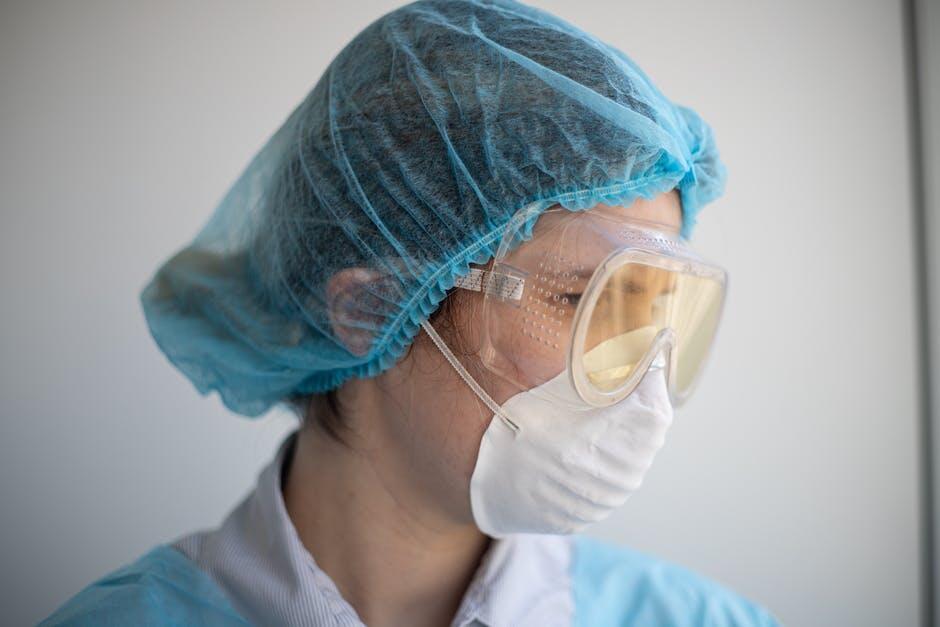 Have you ever stood in a dusty, noisy industrial site, feeling the grit settle on your skin, and wondered about the unseen threats lingering in the air? This is where the right industrial mask becomes your silent guardian.
Amid the clamor and the chaos of machinery, selecting an appropriate mask isn’t just about compliance. It’s about ensuring your day ends as healthy as it started. The quest for the perfect industrial mask can seem daunting, with a plethora of options and specifications that might seem cryptic at first glance.
Yet, the significance of this choice cannot be overstated. It’s a shield between you and the myriad of occupational hazards.
This article demystifies the process by guiding you through the essential considerations to ensure your respiratory health and workplace safety. Dive into the heart of industrial safety with us, and discover how to choose the industrial mask that doesn’t just fit your face but fits your work environment perfectly.
Have you ever stood in a dusty, noisy industrial site, feeling the grit settle on your skin, and wondered about the unseen threats lingering in the air? This is where the right industrial mask becomes your silent guardian.
Amid the clamor and the chaos of machinery, selecting an appropriate mask isn’t just about compliance. It’s about ensuring your day ends as healthy as it started. The quest for the perfect industrial mask can seem daunting, with a plethora of options and specifications that might seem cryptic at first glance.
Yet, the significance of this choice cannot be overstated. It’s a shield between you and the myriad of occupational hazards.
This article demystifies the process by guiding you through the essential considerations to ensure your respiratory health and workplace safety. Dive into the heart of industrial safety with us, and discover how to choose the industrial mask that doesn’t just fit your face but fits your work environment perfectly.
The Different Types of Industrial Masks
When it comes to workplace safety, one of the most crucial pieces of personal protective equipment is the industrial mask. Understanding the different types of masks available is the first step in ensuring you’re adequately protected. Industrial masks, such as N95 respirators and FFP2 masks, are designed to filter out particles, dust, and sometimes even harmful gases. An N95 mask, for example, is capable of filtering at least 95% of airborne particles. This makes it suitable for environments with particulate matter. FFP2 masks are used widely across various industries. They provide a slightly higher level of protection against fine particles and are often used in construction or manufacturing settings where airborne debris is a concern. However, not all masks offer the same level of protection against gases and vapors. For chemical exposure, masks equipped with cartridges or filters specifically designed to absorb or neutralize chemicals are necessary. It’s essential to choose a mask that matches the hazards of your work environment.Assessing Your Work Environment’s Hazards
Every work site has unique challenges, whether it’s dust, chemicals, or airborne diseases. For instance, a construction site might struggle with silica dust and require masks that can filter out small particulate matter. A laboratory, on the other hand, might need masks that protect against chemical vapors. Conducting a thorough hazard assessment helps identify these specific risks and determines the most appropriate type of mask needed. This process involves:- Evaluating the tasks performed
- The materials used
- The potential for exposure to harmful substances
